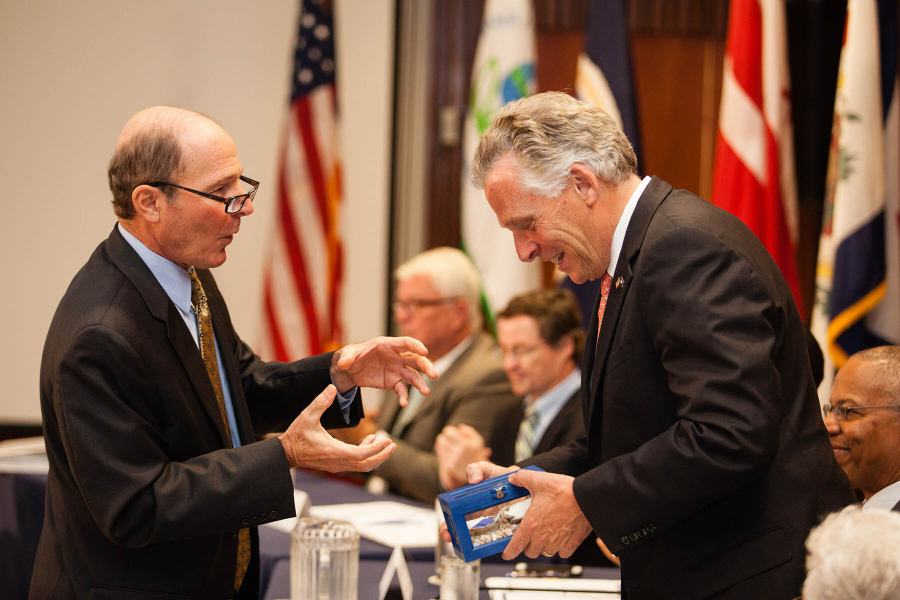The Chesapeake Bay Watershed Agreement: A year in review
As 2015 comes to a close, we reflect on our progress and strive to continually improve

Written by Carin Bisland, Associate Director for Partnerships and Accountability at the Chesapeake Bay Program
This is the time of year we reflect back on what we have accomplished over the past year and look forward to what we can do to continually improve. For those of us who are planners, we often set measurable goals at the beginning of the year to see the progress we make—and we adjust those goals in our next round of resolutions to continually improve our lives. So too, we at the Chesapeake Bay Program took a step back in 2014 and re-envisioned our direction with the new Chesapeake Bay Watershed Agreement, in which we set out ten goals and 31 outcomes to achieve our vision for the watershed, as well as the principles by which we would conduct ourselves as a partnership.
In 2015, our emphasis was on setting the stage to support the achievement of that vision. Many of you participated in the development of the 25 management strategies that identified the factors likely to affect the outcomes, recognized existing work and gaps, and outlined the partnership’s direction for meeting the outcomes of the Watershed Agreement. Public input and expert advice helped us improve each management strategy, which we adopted and delivered to the Chesapeake Executive Council in July.
These management strategies provide our overall direction for the next ten years—they focus on achieving our vision of clean water, abundant life, conserved lands and engaged communities, with an increased emphasis on expanding and diversifying our partnership and our outreach to citizens, strengthening the knowledge and capacity of our local governments, recognizing the need to adapt and find resiliency in the face of a changing climate, committing to continually improve our approaches as we learn, and increasing our emphasis on transparency and accountability.
Our next step was to develop detailed plans to guide our work toward meeting our goals. These short-term workplans include specific actions we as partners—and as individual agencies and organizations—will take over the next two years to get us jump-started in achieving the outcomes of the Watershed Agreement. Some of you are already participating in developing these workplans, and we will be seeking additional input this winter to make sure we are focusing on the right actions to help us achieve these outcomes.
In addition, we’ve been working on developing our “measuring sticks,” or indicators, so we can track not only whether we are doing what we said we would do, but whether we are getting the results we are hoping to get. We are organizing these measures in a way that will help us make better decisions, learn from our successes and our challenges, and improve our work. By developing a framework to organize these measures, we can more effectively communicate how we are doing.
As we move into 2016, we will continue to share the successes and challenges we face in our work. Early next year, our annual Bay Barometer report will give a quick but comprehensive glimpse at our progress, and our soon-to-be released ChesapeakeProgress website (part of the ChesapeakeStat suite of products) will allow you to dig more deeply into these achievements and the reasons behind the progress. Both products will allow you to be a part of our continual process of reflection and improvement, and your feedback during the public input process for the two-year workplans will help guide our path over the next two years.

Comments
There are no comments.
Thank you!
Your comment has been received. Before it can be published, the comment will be reviewed by our team to ensure it adheres with our rules of engagement.
Back to recent stories